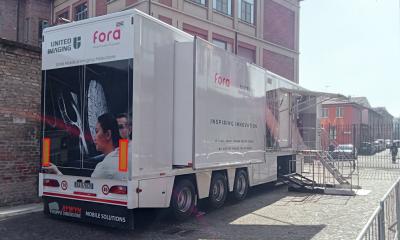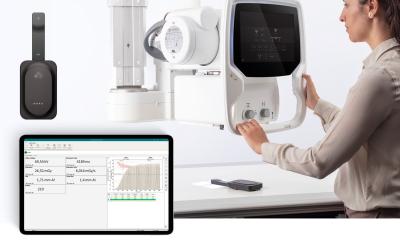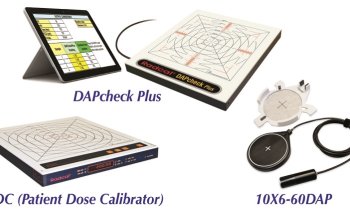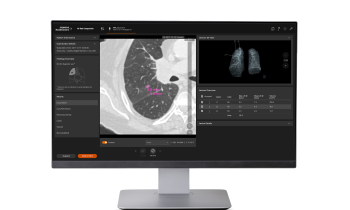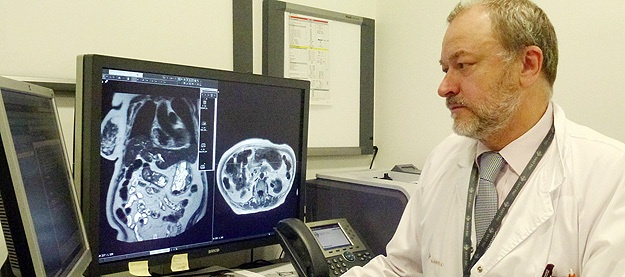
Article • Backlog III
‘One in three scanners are obsolete’
Obsolescence and strategies to manage equipment data to benefit patients were at the centre of debates during the Radiology Triangle meeting in Madrid earlier this year.
Report: Mélisande Rouger
In Spain, only 35% of CT equipment and 26% of MR equipment were less than five years old in Spain, according to a recent study by manufacturer Philips, which was revealed by Francisco Vazquez, general manager of Elekta, a radiation therapy and radiosurgery provider, speaking on behalf of the Spanish Federation of Healthcare Technology Companies (FENIN).
FENIN was already alarmed about this in 2015, reporting that Spain had the oldest MRI fleet in Europe, with one in three scanners considered obsolete (http://panelfenin.es/uploads/fenin/documento_estudios/pdf_documento_27.pdf)
However, MR scanners do not need to be changed that often because they can be updated, Antoni Capdevila Cirera, head of the diagnostic imaging department at Santa Creu i Sant Pau Hospital in Barcelona, pointed out. ‘With MR you can update the software and gradients, so it’s not necessary to change the magnet,’ he told European Hospital. ‘Many MR scanners are updated. As for CT, there hasn’t been that much a change over the past five years to justify new equipment purchase.’

Nevertheless, FENIN points out that much of the ultrasound equipment is obsolete; one out of three machines currently used in daily practice is more than ten years old. Capdevila concurred: ‘A lot of our ultrasound equipment is 10 or 12 years old. There has been such a change in this field that a large part of the equipment has become out-dated.’
Yet, ultrasound equipment is among the cheapest in the imaging arsenal, but hospital managers often have other priorities for their budgets, for instance purchasing expensive oncological treatments. Other departments, such as cardiology or obstetrics, also need their own ultrasound machines. However, it would be interesting for radiology departments to have the most recent developments in the modality, such as high-resolution ultrasound for skin study, and elastography for hepatic fibrosis, Capdevila believes. ‘Luckily our department has these resources. But we have neither a PET/MR scanner nor MR-guided radiofrequency. This is in our plans for 2018. But I must confess I’m not convinced of the value of PET/MR for the future.’
Playing with thinning budgets
Spanish public healthcare lost about €10 billion between 2009 and 2013, as a result of austerity measures. The budget for public hospitals and healthcare institutions fell by 16.3 percent, about 0.8 percent of Spain’s gross domestic product in just four years, the Finance Ministry reported in 2015. Far more important than buying new machines is to make the equipment pay off, Capdevila believes. ‘We don’t need the best scanners to evaluate all our patients; but we need to find a way to adjust our necessities to equipment cost.’
Healthcare decision makers should also plan what equipment they need long before the necessity is felt. There is a huge margin for improvement at this level. ‘We are faced with obsolescence in decision-making. A CT scanner breaks and there is no time or money to replace it. We are going through a financial crisis, but there isn’t any plan or vision for the future,’ Elekta’s Vazquez pointed out. ‘ It’s only when the elections are nearing that people try to invest and make offers, and then they purchase 15 or 20 new scanners at the same time. But we haven’t performed an accurate analysis of how this new technology is going to impact on our daily workflow at the hospital, or if every hospital, or only a few groups, need that equipment.’
Hospitals are increasingly teaming up with the industry to adapt their equipment to evolving necessities, a cooperation that offers flexibility compared to rigid public tenders, according to Capdevila. However, interests of both parties differ and physicians perceive they have been tied to the industry’s decisions, which have not always played in their favour, he believes. ‘Providers say they want to cooperate with us, but their interests are different. Of course they want to sell their products and it’s cheaper for them to make 200 identical scanners than 40 personalised machines. It’s very hard for them to assume new challenges. They don’t want to hear about the possibility for us to pay per examination instead of for a whole new machine.’ However, the industry appears to be ready to participate in patient management in the future, he added.
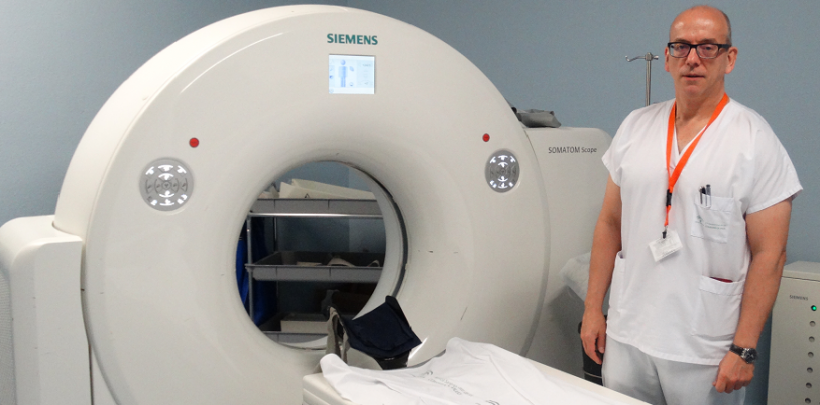
Penalising absence of national strategy
All parties involved should be ready to share and exploit data, but a common strategy is missing, Vazquez pointed out. ‘We don’t have any system linking all the actors involved in healthcare and there is no organisation in the healthcare environment dedicated to exploit this data.’
Spain has 27 autonomous provinces and elaborating common work paths is very challenging. ‘A lot of our equipment is expiring and we don’t know whether there are any renovation plans and whether there is money to do so, or not. Every region does it its own way: some do public tenders; others make deals with private institutions. It’s very hard to have a common strategy, also because regions have different necessities. Very often public tenders are based on technical, not economic criteria,’ explained Pablo Valdés, Vice President of Spanish Society of Radiology.
The Spanish Society of Radiology also raised attention on equipment obsolescence in 2015 and has been working on guidelines to help hospital managers sort out what equipment they need based on their necessities. The document should be published by mid 2017.
Profiles:
Radiologist Pablo Valdés Solís directs the radiodiagnostic unit at Costa del Sol Health Agency. He has been vice president of the Spanish Society of Radiology since May 2016, where he previously served as head of strategy and head of communication. He was also in charge of the quality and management section and is currently secretary of the paediatric radiology section of the society. A further responsibility is to lead the professional skills certification project within the Spanish Society of Radiology. His main interests in medical imaging are ultrasound, emergency radiology and paediatric radiology.
Presently the head of diagnostic imaging at Hospital de la Santa Creu i Sant Pau Hospital in Barcelona, in 1981-82 Antoni Capdevila Cirera published his first communications and works on the applications of ultrasound in medical practice and was one of the first European radiologists to be certified as an ultrasound radiologist. He has worked with MRI from 1984, especially on applications such as mass spectrometry, angiography and functional MRI. Publications include 60 articles in various medical journals, five chapters in related books, and he has produced 135 communications and posters, and 70 presentations.
08.08.2017




